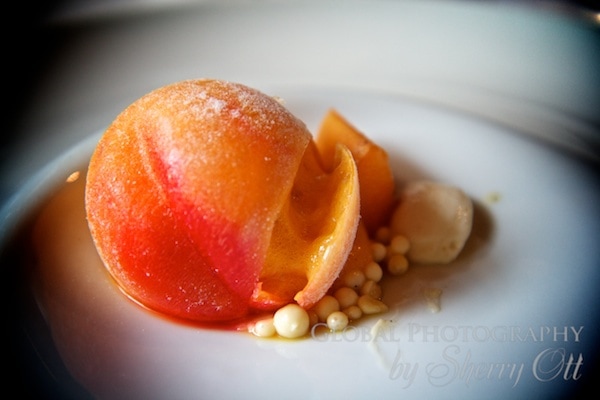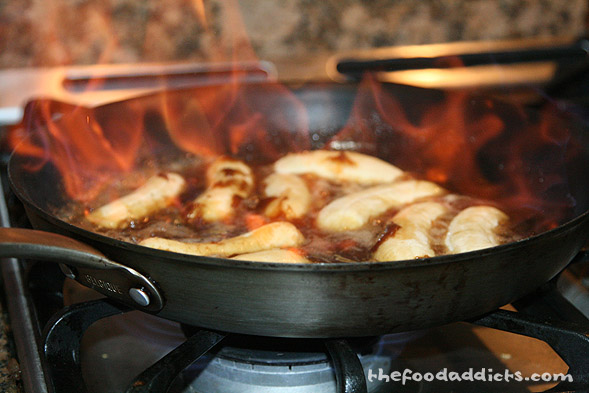...apparently a lot. I now know for a fact that the term "food science" is indeed accurate, because science implies experimentation as well as failure. Yesterday I decided to make some macaroni and cheese, couldn't be simpler, right? Well, when you're using Molecular Gastronomy, every ingredient counts. I went to my favorite books,
Modernist Cuisine, and found the recipe for mac and cheese. (Also found on their website
here). I found a variation using sharp Cheddar and Swiss mixed for a tangier cheese sauce, and decided to go for it. As I looked over the recipe I saw Sodium Citrate listed as one of the ingredients. Hmmm. I don't have any of that. What does it even do? Naturally, the next step was to ask Google what purpose Sodium Citrate serves in cooking. Turns out, Sodium Citrate is the Sodium salt derived from Citric acid, and is a pH buffer, as well as an emulsifying agent for the cheese proteins. But I thought to myself, "Oh come on, it's just melting some cheese, how much could it matter?" And that thought became a very valuable lesson for me that I hope to share with you.
So I followed the recipe, put some milk in a pot, cut up the sharp Cheddar and the Swiss cheeses, and readied my hand blender, which is used to disperse the cheese quickly into the liquid. But I had a few problems from the start.
 |
| Cheddar, and Swiss, and Hand Blenders, Oh My! |
1. I was using a pot that was too big, so the blade on my hand blender was too far above the liquid to be able to do anything.
2. I had the heat on too high for using milk, mostly due to my impatience with cheese melting.
3. I had no emulsifier whatsoever.
So, naturally, after about five minutes and very few pieces of cheese later, I had a mess of curdled milk, oily cheese, and lumps of lactate proteins sticking to the pan. Unfortunately, my disgust overruled my better judgement, so I do not have a picture of this wonderful mistake to share. I promptly dumped my slop into the drain and determined to start over.
I made a few changes. I started with a much smaller pan so that I could actually blend the cheese in. Second, I added some Soy Lecithin, because I figured that the wrong emulsifier was better than none at all. And third I started with a base of water rather than milk, so my impatience would not affect my dish. Of course, this did not fix all of the problems. As a matter of fact, I gained a plethora of new ones.
The hand blender was doing its job quite well, but spattering hot cheese all over the stovetop--and me. A few seconds later, after turning my back for but a moment, I had about six inches of cheese foam forming on top of my sauce. Did I forget to mention that Soy Lecithin is also a very powerful foaming agent? A quick stir fixed the problem, but it was still a bit of a surprise I was not expecting. Finally, I had added all of the cheese and it had incorporated nicely...but the "cheese sauce" had the consistency of water. And watery mac and cheese does not appeal to anyone. So what did I do? Exactly what any good Molecular Gastronomist would do, I just started adding Xanthan gum until it thickened! A few grams later, the sauce had thickened nicely and smelled great. Whew. I poured it over the elbow macaroni that I had cooked (without incident) and added some diced green chile just for flavor.
The purpose of this story is to show how cooking is an improvisational art. True cooking is not following a recipe and getting what you expect, it's deciding what you want to eat and making it happen. This is why understanding ingredients and how they interact, not only chemically, but how flavors fit together and add or detract to a dish. Molecular Gastronomy exemplifies this by showing how even when you do not have the exact right ingredient, you can still be successful if you understand what each piece is meant to do. And sometimes, we get what we want despite those mistakes. And can sometimes be more delicious for doing so!
 |
| The more work you put in......the better it tastes! |







.JPG)

















